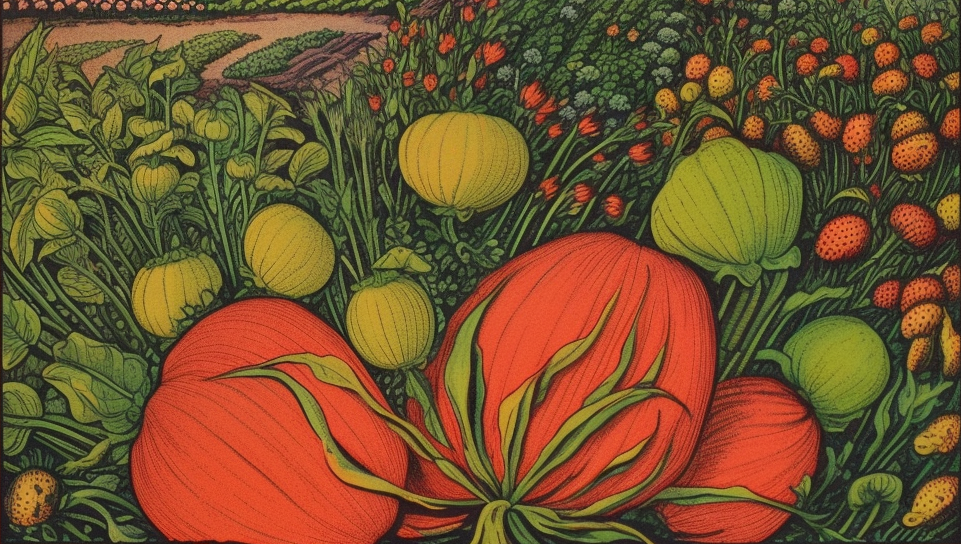Mammoth Melting Snow Pea - Open Pollinated
75 seeds per packet approx.
Matures in 70 days.
4 to 5 inch pods on 4 foot plants!! Huge.
Sweet and tender, high yielding and productive in cool weather. Plant in early Spring and then in August again.
Timing
Peas prefer cool weather. Plant as early in spring as the soil can be worked, from mid-Feburary to the end of May. After April 1, sow varities that are listed as being enation resistant if you live in an area where aphids carry the enation virus. Sow again from July to mid-August for a fall crop. The success of a fall crop will depend on the weather. Optimal soil temperature: 10-20°C (50-70°F). Seeds should sprout in 7-14 days.
Starting
Soaking seeds is not advised for damp soils. Sow seed 2cm (1″) deep. After April 15th, sow seed 5cm (2″) deep. Space seeds 2-7cm (1-3″) apart in the row. Do not thin. If the seeds fail to sprout, try to dig some up and check for rot or insect damage. The challenge with untreated pea seeds is to give them an early start but to avoid rot.
Growing
Use well-drained soil amended with finished compost. Add 2 cups of rock phosphate or bonemeal for 3m (10′) of row. Plant most varieties along a trellis or fence for support as they climb.
Harvest
Pick when pods fill out and peas are bright green. Make multiple sowings or grow several varieties to extend the harvest season.
Get the latest news and discounts delivered right to your inbox.


